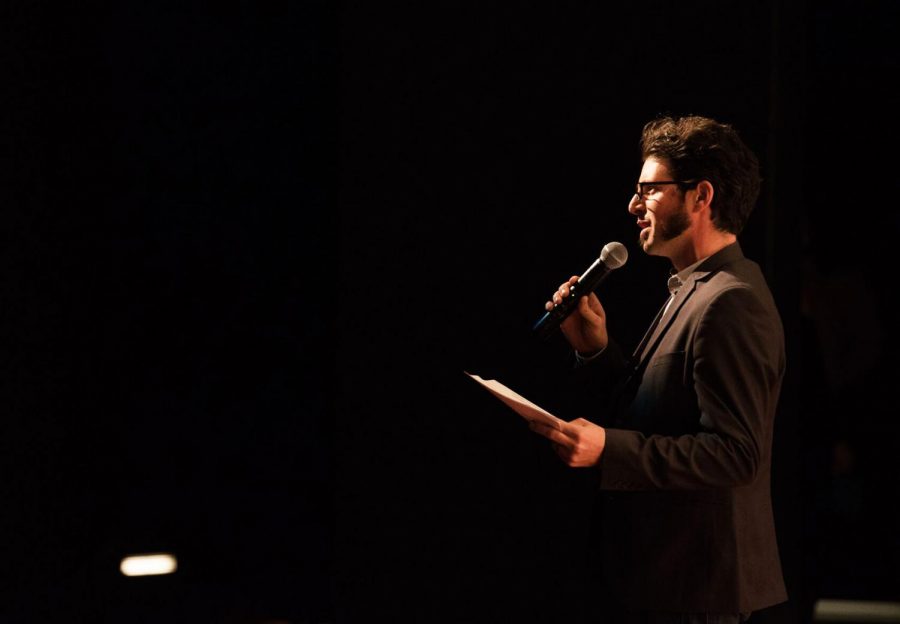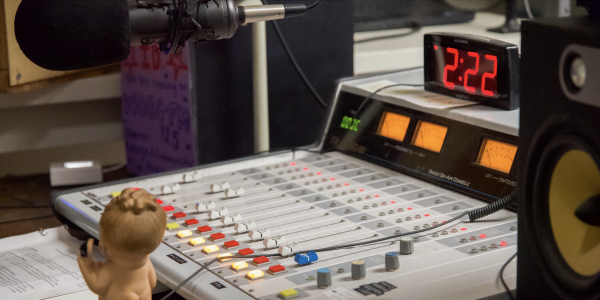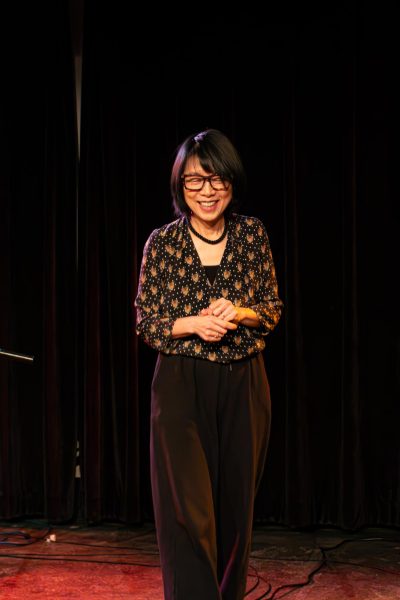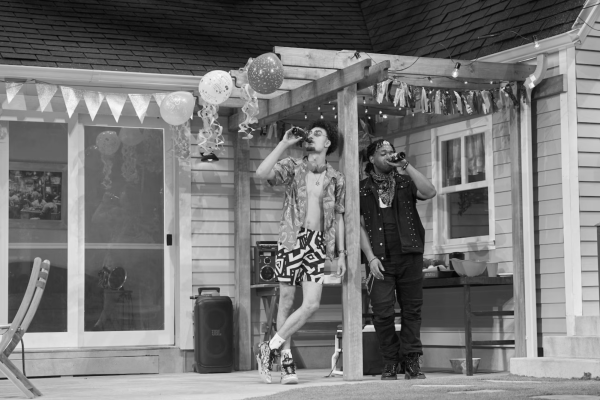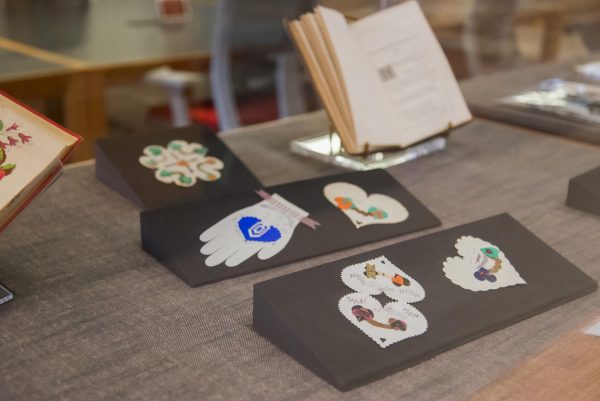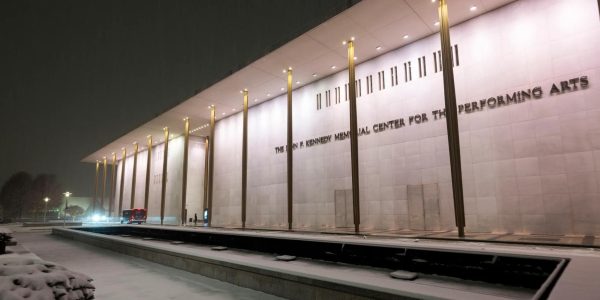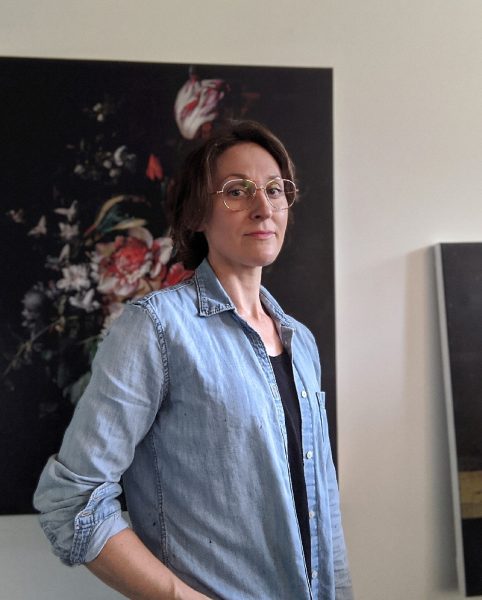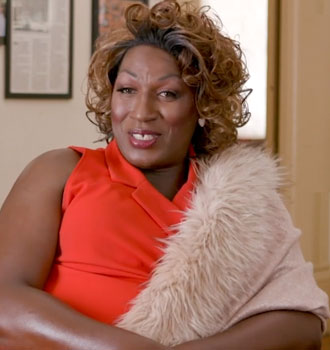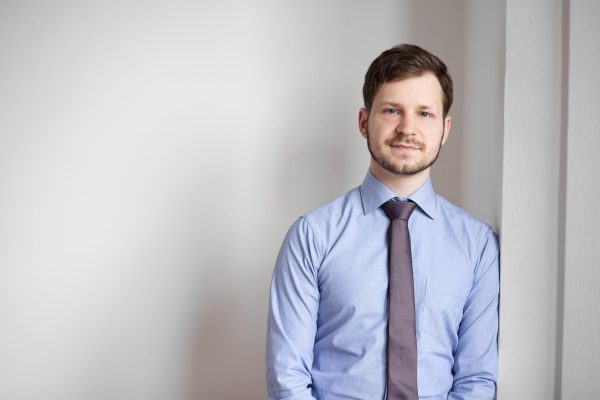On the Record with Oberlin Center for the Arts Executive Director Darren Hamm
Darren Hamm is the Executive Director of Oberlin Center for the Arts, founded two years ago as a platform for greater community outreach through the arts.
Darren Hamm currently serves as the executive director of the Oberlin Center for the Arts. The not-for-profit organization was founded in July 2016, with help from both College students and community members. Hamm has been executive director since March 2017. The organization seeks to connect students and community members to different opportunities in the arts around Lorain County. With the mission of cultivating lifelong creativity and engagement with the arts, OCA leadership has spent the last two years developing and implementing programs and initiatives around the county.
This interview has been edited for length and clarity.
What does the Oberlin Center for the Arts hope to accomplish this year?
The first order of business is getting our business together — finding the right people to help define the cause, establish the vision, which has really been our work for the past year. What can we expect to accomplish? What’s most meaningful to everybody in the community? It’s really great to have a team of people who are broadly touching different segments of the community. Once that’s in order, getting our house in order, figuring out how we’re going to staff it, what we’re going to develop in terms of programming. I think then we hope to accomplish most broadly connecting the arts to meaningful change in the community. We’re thinking about the community causes that most deeply affect Lorain County or immediate communities within Lorain County, and then how can we use the arts to advance those things or attach those things and support these causes.
Our founding mission was more-or-less thinking of ourselves as an arts center in this New Union Center for the Arts. But I think that mission is sort of limiting. When you think of an arts center, you think of a community-based building that offers various disciplines to the public and that immediate community — sometimes outlying communities. But you think of a place that people come to. I like to think of us in the exact opposite way. We bring arts to people where they’re already at. We are more of a metaphorical center for the arts, where we can connect arts organizations and non-arts organizations out in the community and advance the causes that they are working on or that are near and dear to the leaders that we are working with.
Do you have typical day-to-day responsibilities, or does it depend on the day?
Somewhat typical. There are the typical business maintenance things, but I like to think of my day divided up between bigger overarching vision and strategy work, which could include the ways we’re thinking about ourselves, talking about ourselves, developing programming. The center part of the day somewhat being very logistical, more rote things, managing more of the day-to-day operational things — that could be accounting to communications. The third part of the day revolves around trying to be creative and trying to be more analytical around whether we’re fulfilling our obligations. Are we thinking about these situations correctly? Are we mindfully approaching challenges that we might be facing? Are we doing everything we need to be doing to be successful?
How does your location affect the mission of your organization? Can you speak a little bit about the New Union Center for the Arts?
It’s a double-edged sword. So this is a great zip code for being recognized — it’s a creative zip code. It’s unusual and unique, and in certain areas you really come upon distinct places around the county, and Oberlin is one of those. Oberlin has a unique brand and cachet when you talk about arts and culture. So we have a job of helping leverage that brand and building upon a really great history of arts and culture and the traditions that have been proper to Oberlin, Ohio. Also, we’re thinking about how that spreads outward and how we can connect those resources to the community.
Does OCA have a specific arts focus? Like visual arts, theater, etc., or do you encompass many different disciplines?
[We’re] non-disciplinary. It’s important to us to give equal weight to all disciplines and make sure we are thinking about those disciplines equally. There is naturally, when you look at any arts-based setting or at arts education, a heavier weight to music and visual art. We know there’s equal effect and importance to performance-based art, whether that’s theater, dance, as well as other art forms like literary arts and visual mediums, film, and storytelling. We really want to help dispel the high art low art divide, and we also want to equally disperse the way the arts are rendered in the community.
What does engagement with the arts look like to you? How do you ensure that this engagement is meaningful?
That’s hard. I think about how relevant art forms are and how relevant art instruction is to people of all ages. So meaningful engagement obviously means meeting somebody where they’re at. Oftentimes, take for example older members of a community, they’re limited to programming that has somebody coming in and singing karaoke and playing some “Golden Oldies” hits or having a craft class. And I think about how much a senior citizen has to offer and how meaningful it can be to ask them about their stories, to have them catalogue those stories, to have them work through an art form to convey their story. If you think of just one subset of people in this community and how important it is to engage them through the arts. The arts are a vehicle — they’re not an end in their own right. I think it’s easy for us to get lost in continuing to do the same things as expected over and over because they’ve been very meaningful to many communities. I think it’s just being fully aware of the needs of the people you’re working with and conscious of those you want to bring in. It’s important to bring voice to those people who don’t typically have access to those opportunities.
Some have said that there has been a cultural shift in the way that we value arts education. This is perhaps evident in the shrinking funding available to arts organizations. How do you view the current status of the arts, and how can arts advocacy be leveraged to foster more support of the arts?
Thankfully, despite a lot of political pressures, the arts have done well and [are] making it despite cuts in federal budgets. I think that as you step down locally, Ohio has a fairly strong base of support for the arts. Then you get down to local school districts, and when you start to envision the impact of arts education, you put yourself up against challenges of how many schools want to provide direct career connections. Arts and culture institutions don’t often think about those things. They want to think about the really solid work they do on a regular basis, but they might not think about how we’re thinking, how we’re engaging younger learners, and how we’re providing them career opportunities. And not only arts and culture opportunities, but in nonprofit organizational work. As we do so, I think we need to have that mindset that we are equally important, if not more important, to inspire creative learning for not just young students but older students as they are making career decisions. How they can be told that they can have a career in the arts, and it doesn’t have to be onstage or presenting work in a gallery. It can be in a creative setting and taking a creative mindset for any work they will be doing in the future.
It’s safe to say a lot of Oberlin students see themselves working in the nonprofit sector. What is your biggest piece of advice to these students?
Oberlin Center for the Arts is a good platform to provide access opportunities to all the arts and cultural organizations, and frankly, even more so to the causes that are most meaningful to this region. So you can come here, get plopped into this small town in Ohio for four or five years, [and] I’d like to think that we’re this conduit that can help provide access to many organizations in the community and also to causes that are relevant. So that’s probably our best role, as liaison: helping students identify what causes are most near and dear to them, and finding those needs out in the community.
What are your long-term goals for the Oberlin Center for the Arts?
It’s funny. As an individual, you do this work for a very personal reason. It’s hard not to have that personal reason affect what I want to come of all of this. I think of being a kid and being inspired and having my life changed and how I view the world altered by someone recognizing that I had creative energy. I found the visual arts and music my way of expressing that. I want every kid in this county to be touched by the arts — as someone who is passionate about social justice and community causes, I really think that if we re-envision the way we think of the arts, you know, it will forever go on in concert halls and galleries. I think that’s wonderful — that’s the way that many people interact with it. But you think of all the ways we can meet people and we can find arts intersecting in their lives — I think that’s exciting and meaningful change to people who either may not be able to afford or have access to opportunities to engage with the arts. It’s a vehicle; it’s a tool — I call it the “spoonful of sugar.” You can elevate almost any cause through the arts. At the end of the day, by increasing exposure and access to the arts, it has the power to ultimately create better people and increase things like empathy and compassion and citizenry — all the good things in the world. It has a sort of power. The end goal is that you’re actually changing communities.
Does OCA have anything exciting planned for the next few months?
We’re detailing. We’re building off of a very strong year of new programs and successfully accomplishing all the things we’d set out to do. Now we’re thinking about what the next year or two years look like. Essentially, [we’re] selecting at our board level what those priority areas are relevant to issues faced by communities and thinking about how the arts can advance [those causes]. It’s a really exciting space to be in.
At the beginning of October, we’re releasing our website, which will be a platform for people to find ways how to patronize the arts. For example, we’re creating a community calendar of all of the activities around the whole county. On the other side, we’re identifying educational opportunities of students of all ages. It will also be a platform for arts organizations around the community — they’ll have a landing page and a place to access information.


